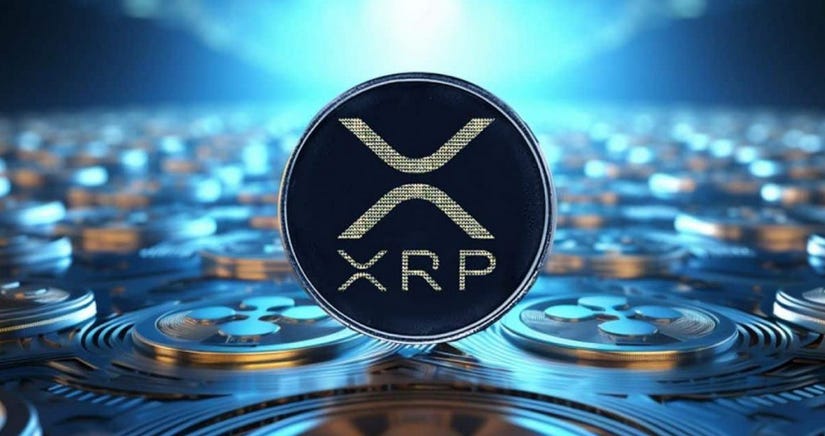In my daily deep dives into the real-world use of digital assets, I’ve noticed a recurring theme: Ripple and XRP are often misunderstood. These misunderstandings range from minor misconceptions to outright misinformation, and they tend to cloud the conversation around one of the most innovative technologies in the financial world.
As the author of “Quantum of Justice” and Founder/Creator of “Smoke and Mirrors...and the Art of Critical Thinking”, I believe it’s essential to cut through the noise and address these issues with clarity and depth. Ripple and XRP are not just buzzwords—they represent a fundamental shift in how we think about cross-border payments, liquidity, and the future of finance. Let’s break down the most common misconceptions and explore the truth behind them.
This is an exhaustive deep dive so make sure you bookmark this for future reference.
NOTE: Welcome to all of you readers and followers. Please take the time to engage in these posts. I urge you to like, share, comment and refer your friends, relatives, colleagues, and online community to this site. We are close to reaching our 18K”th” subscriber. I am receiving emails and calls from many of you. We welcome you to use the comment section in order to help Substack and all it has to offer to help spread the word of our work!
Ripple’s Products
1. “Ripple Doesn’t Even Need XRP”
This is one of the most persistent misunderstandings about Ripple’s ecosystem. To understand why XRP is not only needed but integral to Ripple’s vision, we must first examine Ripple’s product suite.
Ripple offers two primary solutions for cross-border payments: xCurrent and xRapid (now part of RippleNet). Ripple now offers a single solution, RippleNet, that unites the features of all previous Ripple products. This move potentially widens the usage of the XRP digital asset, as one form of sending funds. All banks that have used the xCurrent and XRapid products automatically join RippleNet.
xCurrent is a real-time gross settlement system (RTGS) that enables instant messaging, clearing, and settlement of transactions. It’s a direct competitor to SWIFT, the decades-old system that dominates international payments but often takes days to settle transactions. With xCurrent, payments settle in seconds, without requiring XRP.
xRapid, on the other hand, is designed to solve a specific pain point: the need for pre-funded nostro/vostro accounts. These accounts, which hold trillions of dollars globally, are a relic of the traditional banking system. They tie up capital, create inefficiencies, and limit access to smaller financial institutions.
Here’s where XRP comes in. xRapid uses XRP as a bridge currency, converting fiat to XRP at one end of a transaction and back to fiat at the other. This eliminates the need for pre-funded accounts, reduces costs, and opens up new markets—particularly in “exotic corridors” where liquidity is scarce or expensive.
The argument that XRP isn’t needed often stems from a misunderstanding of xCurrent’s capabilities. While xCurrent can settle payments without XRP, it doesn’t address the inefficiencies of nostro/vostro accounts or the need for liquidity in illiquid corridors. XRP is the key to unlocking these benefits.
Why XRP Matters:
It reduces the cost of cross-border payments by eliminating the need for pre-funded accounts.
It enables near-instant settlement, reducing counterparty risk.
It opens up new markets by providing liquidity in corridors that are otherwise inaccessible.
In short, XRP isn’t just “needed”—it’s transformative.
Keep reading with a 7-day free trial
Subscribe to "SMOKE & MIRRORS...XRP and the art of Critical Thinking" to keep reading this post and get 7 days of free access to the full post archives.





